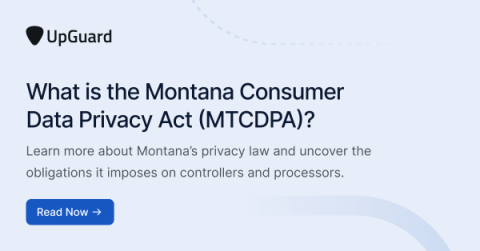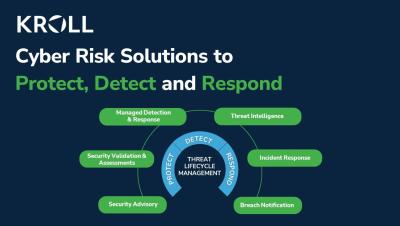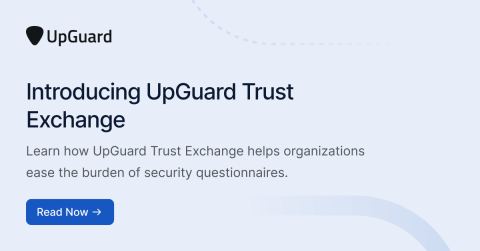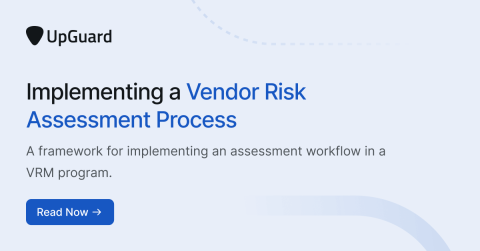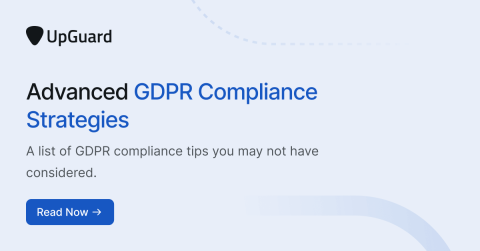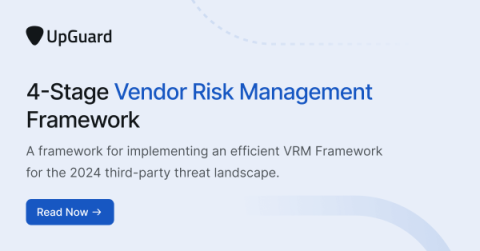What is the Montana Consumer Data Privacy Act (MTCDPA)?
Montana Governor Greg Gianforte signed Senate Bill 384, the Montana Consumer Data Privacy Act (MTCDPA), on May 19, 2023. The consumer privacy law will become effective on October 1, 2024, and requires covered entities that process personal data to comply with several transparency and disclosure obligations. The MTCDPA follows the structure and scope of other US state data privacy laws, including the California Consumer Privacy Act, Tennessee Information Protection Act, and Colorado Privacy Act.


